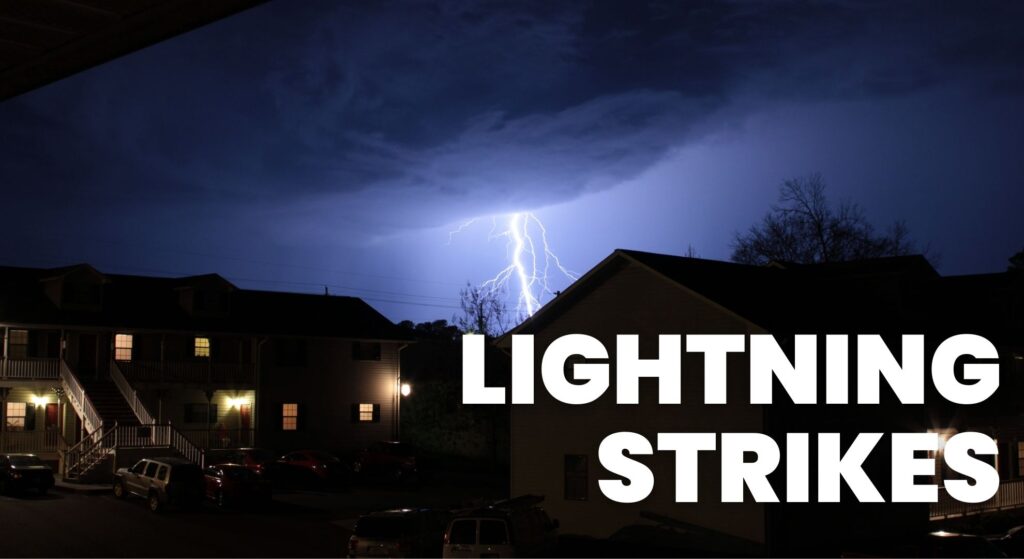Lightning strikes is a powerful natural force that can cause severe damage to homes and threaten lives. Understanding how your home shields you from lightning strikes—and how you can enhance that protection—is essential, especially in storm-prone areas. Here’s how your home protects you and what you can do to boost its lightning safety.
1. The Role of Grounding 🌍
Modern homes are equipped with grounding systems, which safely direct excess electricity, such as that from a lightning strike, into the ground. If lightning strikes your home or nearby power lines, the grounding rods direct that energy safely away from the house, reducing the risk of fire or electrical shock inside.
2. Surge Protectors 💡
Installing surge protectors is crucial for safeguarding electronics from lightning-induced power surges. A strike can create an immense surge in electrical current that could fry appliances like TVs, computers, and refrigerators. Whole-house surge protectors absorb this extra voltage and protect your devices from damage.
3. Lightning Rods 🚩
Lightning rods are one of the most effective ways to shield your home from strikes. These metal rods, installed on the roof, are connected to the grounding system. If lightning strikes, the rod attracts the electrical charge and safely directs it into the ground, bypassing your home’s structure and minimizing fire risk. This classic technology remains a key component of lightning protection.
4. Metal Roofs and Structures 🛠️
If your home has a metal roof, it offers extra protection during lightning storms. Metal is an excellent conductor of electricity, and when properly grounded, it diverts lightning strikes away from the home. Metal roofs are also less flammable than other materials, lowering the risk of fire from lightning strikes.
5. Plumbing and Wiring Hazards 🚿⚡
Plumbing and electrical wiring can conduct electricity during a lightning strike. To stay safe, avoid using water (like washing hands or dishes) and steer clear of wired devices during storms. This minimizes the risk of shock.
6. Storm Windows and Shutters 🪟
While primarily designed to protect your home from high winds and flying debris, storm windows and shutters add another layer of safety by providing extra barriers against lightning-related fires.
7. Regular Maintenance 🔧
Maintaining your home’s lightning strikes protection systems is essential. Regular inspections of grounding systems, lightning rods, and surge protectors help ensure everything works properly. In storm-prone areas, consider having a licensed professional inspect these systems periodically for peace of mind.
Ready to Protect Your Home? 🛡️
To maximize your home’s lightning protection, take proactive steps. Ensure your grounding system is intact, install or update surge protectors, and consider lightning rods if you live in a high-risk area. Small investments now can safeguard your home—and your peace of mind—during future storms.



